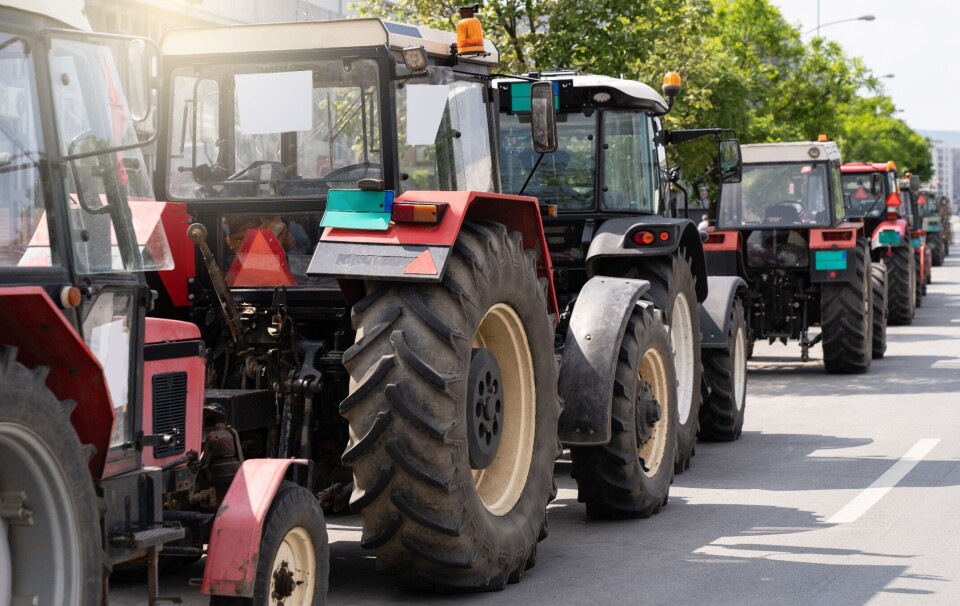-
Cybercrime rises in France: see some free resources to fight it
Attacks are becoming more numerous, targeted and difficult to detect
-
Fire-hit bakery finds lifeline through unique partnership with butcher
Local residents rally to help two well-known traders
-
What are the rules on paying in cash in France?
There are limits and exceptions depending on your tax status and the kind of transaction
Treasured knives contain meteorite, gold and... dung
For many, a Swiss Army knife – with corkscrew – is more than ample for everyday life... but many French people feel a pocket knife is more than just a tool to cut off a hunk of sausage and is, often, also a precious object to treasure.

Surprising, then, that some knife-makers use cow dung to make their knives a cut above.
New techniques and designs are being created in the key centres of the coutellerie craft like Thiers in Puy-de-Dôme, along with Laguiole in Aveyron and Nontron in Dordogne where knife-making is a living heritage business (Entreprise du Patrimoine Vivant).
Couteliers always seek to innovate and Robert Beillonnet, a two-time Meilleur Ouvrier de France, was the first to use dung... as a protest against the ban on using ivory, one of his favourite handle materials.
The dung is dried, worked in resin to stabilise it and has gold decoration. It does not smell.
Now it has been taken up by other artisans, such as Pome Castanier of Lozère’s Mercorne, who said it “looked like lace”.
Innovation in blades means some hunt their own iron ore minerai de fer to create just exactly the metal they want.
Handles are made of exotic woods such as ironwood, bamboo or rosewood, metals such as titanium or aluminium chips and even boar bone, fossil mammoth bone, many different kinds of stone and even, at coutelier Perceval, meteorite.
In Thiers, coutelier Roland Lannier is a 21-years artisan, who worked for a company until 2014 then decided to go it alone “to find something different”. He said: “We are lucky here where a knife is still part of everyday life, used to cut some sausage but I love the aesthetic side, where I can stimulate my creativity to do new things.”
That means using old LPs or Michelin tyres or tartan material to make his pocket knife designs, while his table knives, are in some top restaurants.
“I make the whole knife from the steel for the blade to working the handle material. I started with my ‘Punk’ design using tartan material, which was just adapting what was common, as we previously used plain textile for the base layer.
“Making a handle from LPs was a step further and the Michelin knife was a joke on chefs who chase Michelin stars but having said that, if the tyre does 35,000km on the road it will easily last in a kitchen!
























